Baseball is more than just hitting, throwing, and catching—it's a game filled with stats, numbers, and acronyms that can leave even seasoned fans scratching their heads sometimes. One term you'll hear a lot in baseball is RBI. But what does a RBI mean in baseball? If you're wondering about this, you're not alone. Today, we're diving deep into the world of RBI, breaking down its meaning, importance, and everything in between. So grab your glove, because we're about to pitch some knowledge your way.
RBI stands for Runs Batted In, and it's one of the most important stats in baseball. It measures how many runs a player contributes to by getting hits, walks, or even sacrifices. In simple terms, it tells you how effective a batter is at driving runs for their team. This stat has been around for decades, and it’s a key indicator of a player's offensive value.
Understanding RBI isn't just for hardcore baseball fans; it's essential for anyone who wants to appreciate the nuances of the game. Whether you're a casual viewer or a fantasy league player, knowing what RBI means can help you make better decisions and enjoy the game even more. So let's get started and unravel the mystery behind this crucial baseball term.
Table of Contents
- What is RBI in Baseball?
- The History of RBI
- How RBI Works in a Game
- Types of RBI
- Why RBI Matters
- RBI Leaders in MLB History
- RBI in Fantasy Baseball
- Common Misconceptions About RBI
- Advanced Stats vs. RBI
- Conclusion
What is RBI in Baseball?
Alright, let's break it down. RBI, or Runs Batted In, is a statistic that measures how many runs a player is directly responsible for scoring. Basically, if you're at bat and one of your teammates crosses home plate because of something you did—like a hit, a walk, or even a sacrifice—you get credited with an RBI.
RBI isn't just about hitting home runs, though. It can come from singles, doubles, triples, walks, or even fielder's choices. The key is that the batter's action directly results in a run being scored. This stat is crucial because it shows how much a player contributes to their team's scoring efforts.
For example, imagine a player hits a double, and their teammate who was on third base scores. Boom! That's one RBI. If they hit a grand slam? Four RBIs! It's all about the impact a player has on the scoreboard, and RBI is one of the best ways to measure that.
Why is RBI Important?
RBI is important because it gives us insight into a player's ability to drive in runs. In baseball, scoring runs is the name of the game. The more runs a team scores, the better their chances of winning. Players who consistently rack up RBIs are usually the ones driving the offense and making things happen on the field.
The History of RBI
The concept of RBI has been around since the early days of baseball, but it wasn't officially tracked until the 1920s. Back then, baseball was all about pitching and defense, but as the game evolved, offensive stats like RBI became more important.
In 1920, the MLB started officially recording RBIs, and it quickly became one of the most popular stats in the game. Legendary players like Babe Ruth and Lou Gehrig were among the first to dominate the RBI leaderboard, setting records that still stand today.
Over the years, RBI has become a staple in baseball stats, and it's now one of the "Triple Crown" categories, along with batting average and home runs. It's a testament to how important RBI is in evaluating a player's offensive contribution.
How RBI Works in a Game
So how exactly does RBI work in a game? Let's break it down step by step:
Say a player is up to bat, and there's a runner on third base. If they hit a single, and the runner scores, that's one RBI. If they hit a double and two runners score, that's two RBIs. If they hit a home run? Four RBIs! It's all about the runs that score because of the batter's actions.
- A single that drives in a run = 1 RBI
- A double that drives in two runs = 2 RBIs
- A triple that clears the bases = 3 RBIs
- A home run with the bases loaded = 4 RBIs
It's worth noting that not every situation results in an RBI. For example, if a player hits a sacrifice fly and a runner scores, that counts as an RBI. But if a runner scores because of an error, that doesn't count as an RBI for the batter.
Exceptions to the Rule
There are a few scenarios where a player doesn't get an RBI, even if a run scores. For example:
- If a run scores because of an error, it doesn't count as an RBI.
- If a run scores on a defensive play, like a groundout, it doesn't count as an RBI.
- If a run scores on a passed ball or wild pitch, it doesn't count as an RBI.
These exceptions are in place to ensure that RBI accurately reflects a player's offensive contribution, without giving credit for things that are out of their control.
Types of RBI
Not all RBIs are created equal. There are different types of RBIs, depending on how the run is scored. Here are some of the most common:
1. Regular RBI
This is the most common type of RBI. It happens when a player gets a hit, and one or more runs score as a result. Whether it's a single, double, triple, or home run, as long as a run scores, it counts as an RBI.
2. Sacrifice RBI
A sacrifice RBI occurs when a player makes an out, but a run scores as a result. For example, if a player hits a sacrifice fly, and a runner scores, that counts as an RBI. Sacrifice bunts that result in a run also count as RBIs.
3. Walk-off RBI
A walk-off RBI is when a player drives in the winning run in the bottom of the ninth inning or later. It's one of the most exciting types of RBIs, and it usually comes with a lot of cheers and high-fives.
Why RBI Matters
RBI matters because it's a direct measure of a player's offensive contribution. In baseball, scoring runs is the ultimate goal, and players who consistently drive in runs are invaluable to their teams. RBI is also one of the "Triple Crown" categories, along with batting average and home runs, which makes it even more prestigious.
For fantasy baseball players, RBI is a key stat to track. It helps determine a player's value in a league and can make or break a team's success. For real-life teams, RBI is a crucial metric for evaluating a player's performance and determining their role on the team.
But RBI isn't just about individual stats. It's also a team stat, as it reflects how well a team is doing at scoring runs. Teams with high RBI totals are usually the ones in contention for the playoffs, while teams with low RBI totals may struggle to stay competitive.
RBI Leaders in MLB History
When it comes to RBI leaders, the names are legendary. Here are some of the top RBI leaders in MLB history:
- Hank Aaron – 2,297 RBIs
- Babe Ruth – 2,214 RBIs
- Albert Pujols – 2,195 RBIs (and counting!)
- Alex Rodriguez – 2,086 RBIs
- Cap Anson – 2,076 RBIs
These players didn't just rack up RBIs; they dominated the game in every way. Their ability to drive in runs was a key factor in their success, and their records are a testament to their greatness.
Modern RBI Leaders
In recent years, players like Mike Trout, Joey Votto, and Giancarlo Stanton have emerged as RBI leaders. These players are carrying on the legacy of the greats, and their contributions to their teams are invaluable.
RBI in Fantasy Baseball
For fantasy baseball players, RBI is a key stat to track. It helps determine a player's value in a league and can make or break a team's success. When drafting players, it's important to look at their RBI potential, as well as their batting average and home run totals.
Players who play in hitter-friendly parks, like Coors Field in Colorado, tend to have higher RBI totals. This is because the ball travels farther in high-altitude environments, making it easier to hit home runs and drive in runs. Players who hit in the middle of the lineup, like third or fourth in the batting order, also tend to have higher RBI totals, as they get more opportunities to drive in runs.
Common Misconceptions About RBI
There are a few common misconceptions about RBI that are worth clearing up:
- RBI is the most important stat: While RBI is important, it's not the only stat that matters. Other stats, like on-base percentage and slugging percentage, are also crucial in evaluating a player's offensive contribution.
- RBI is always a result of a hit: Not true! RBIs can come from walks, sacrifices, and even errors (in some cases).
- RBI is a perfect measure of a player's value: RBI is a great stat, but it doesn't tell the whole story. Advanced stats like WAR (Wins Above Replacement) give a more complete picture of a player's value.
Advanced Stats vs. RBI
While RBI is a popular stat, many baseball analysts prefer advanced stats like WAR, wOBA, and OPS. These stats take into account a player's overall contribution to the team, rather than just their ability to drive in runs.
For example, a player with a high WAR might not have a high RBI total, but they could still be incredibly valuable to their team. WAR takes into account defense, baserunning, and other factors that RBI doesn't consider.
That said, RBI still has its place in baseball. It's a simple, easy-to-understand stat that gives us insight into a player's offensive contribution. While advanced stats are great, they can be overwhelming for casual fans. RBI is a stat that everyone can understand and appreciate.
Conclusion
So there you have it—everything you need to know about RBI in baseball. From its history to its importance, RBI is a crucial stat that helps us understand the game better. Whether you're a casual fan or a hardcore stats junkie, knowing what RBI means can enhance your appreciation of the game.
Remember, RBI isn't just about hitting home runs—it's about driving in runs and helping your team score. Players who consistently rack up RBIs are usually the ones making the biggest impact on the field, and their contributions are invaluable to their teams.
So the next time you're watching a game, keep an eye on the RBI column. You might be surprised at how much it tells you about the game and the players involved. And if you're playing fantasy baseball, make sure to pay attention to RBI when drafting your team. It could be the difference between winning and losing.
Got any questions or thoughts about RBI? Drop a comment below, and let's keep the conversation going. And don't forget to share this article with your friends who might want to learn more about baseball stats. Let's keep the love for the game alive!


